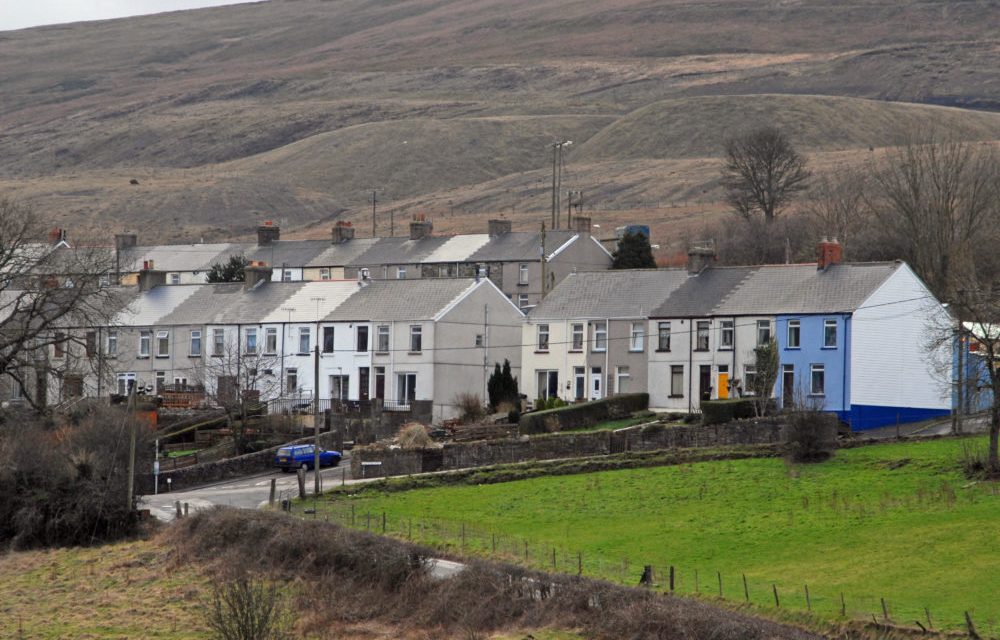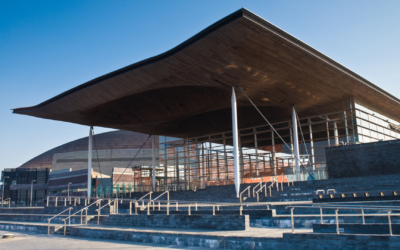 Economy
Economy 
Victoria Winckler outlines how the opportunities created by the new geography of the south Wales valleys should be grasped in a Valleys Deal.
The last nine months has probably seen more airtime devoted to the south Wales valleys than in the previous nine years. The resounding vote to leave the EU, the creation of the Valleys Task Force and the signing of a Cardiff City Deal have all put the valleys back on the agenda.
But how we think about the valleys needs to change – because of the geography of the valleys is changing. Clearly mountains are not moving (although Ffos y Fran is making a good effort!) but there are two big developments that are re-orientating the relationships between places.
The dualling of the A465 is a game-changer.
More than ten years ago, we pointed out that the A465 had the potential to transform the Heads of the Valleys if the right approach was taken. Why? Because the dramatic reduction in journey times can open up the area to new opportunities.
In the past, Merthyr Tydfil to Brynmawr was a good 30 minutes by car. Now it is more like 15 minutes. That halving of the journey time clearly helps local travel, widening the catchment area of developments like the Cyfarthfa Retail Park and increasing the number of job opportunities in reasonable travelling distance of home. The Heads of the Valleys – until now no more than a planner’s catch-phrase – could soon have a real identity, with people living their everyday lives at key points along the road.
But the bigger impact is on the area’s accessibility to other parts of the UK. According to Google Maps, it now takes exactly the same time by road from Merthyr Tydfil to the midlands or London as it does from Cardiff. And the A465 route has the added benefit of avoiding the congestion of Brynglas Tunnels and the Severn Bridge. In other words, there are now two major routes into south Wales not just one.
There is every reason to create an “A465 corridor” of high quality developments to rival the M4’s.
The Metro is also a game-changer
The Metro is important too – but not because it helps commuters to the capital but because it cuts journey times to and within the valleys. Already, substantial numbers of people in the valleys commute to jobs in other valleys areas. Of Merthyr Tydfil’s 11,100 commuters, just under half travel to jobs in other valleys local authorities. And more people who live in Merthyr Tydfil work outside Wales than work in Cardiff! It’s a similar story in Blaenau Gwent.
So, while the Metro might encourage some people to do a fifty-mile plus round-trip every day, I suspect it’s much more likely to encourage more local commuting. This raises two further opportunities.
First, designate Merthyr Tydfil and one or two other valleys towns – to the east and to the west – as growth hubs.
A growth hub isn’t somewhere random on a map. It is a town with real growth potential, which means it’s at a strategic location, has a substantial population within a 20 minute drive, develop-able land and buildings, and key anchor institutions. Quite what being a growth hub means will vary – but it should include some incentives for development, a big investment in skills, support for innovation and superb transport facilities for a start.
Second, create a good live-work offer
If people are going to live and work and in the valleys, they need to be even better places to live than now. So that means not only good housing and good schools, it means things like good local buses and bike tracks and and good leisure opportunities. So why not create ‘garden villages’ in some of the communities surrounding the new growth hubs, or encourage eco-villages based on low energy housing, zero waste and sustainable livelihoods.
We’re calling for a ‘Valleys Deal’.
So where does this leave the ‘City Deal‘? What’s very, very clear is that the ‘City Deal’ cannot be all about Cardiff. Both the City Deal agreement and the report of the Commission on Growth and Competitiveness avoid the difficult question of spatial priorities.
Within City Deal there must be a clear, practical offer for the valleys – we’re calling it a Valleys Deal. It’s not just about public and private sector investment – important though this is – but a vision and set of priorities to deliver a better future for the valleys 3/4 million residents.
The Valleys are not and never will be like Cardiff – thank goodness! The Valleys Deal must build on the strengths – the clean air, green environment, fantastic heritage, strong communities, innovative SMEs, low crime rate and so on. It is a different ‘offer’ to that in Cardiff – not better, not worse, just different. It is an offer which should be valued, celebrated and promoted rather than living in the shadow of and subservient to the city.
Victoria Winckler is Director of the Bevan Foundation. This is an extract of a talk given to a stakeholder discussion group in Pengam on Saturday 8th April.


